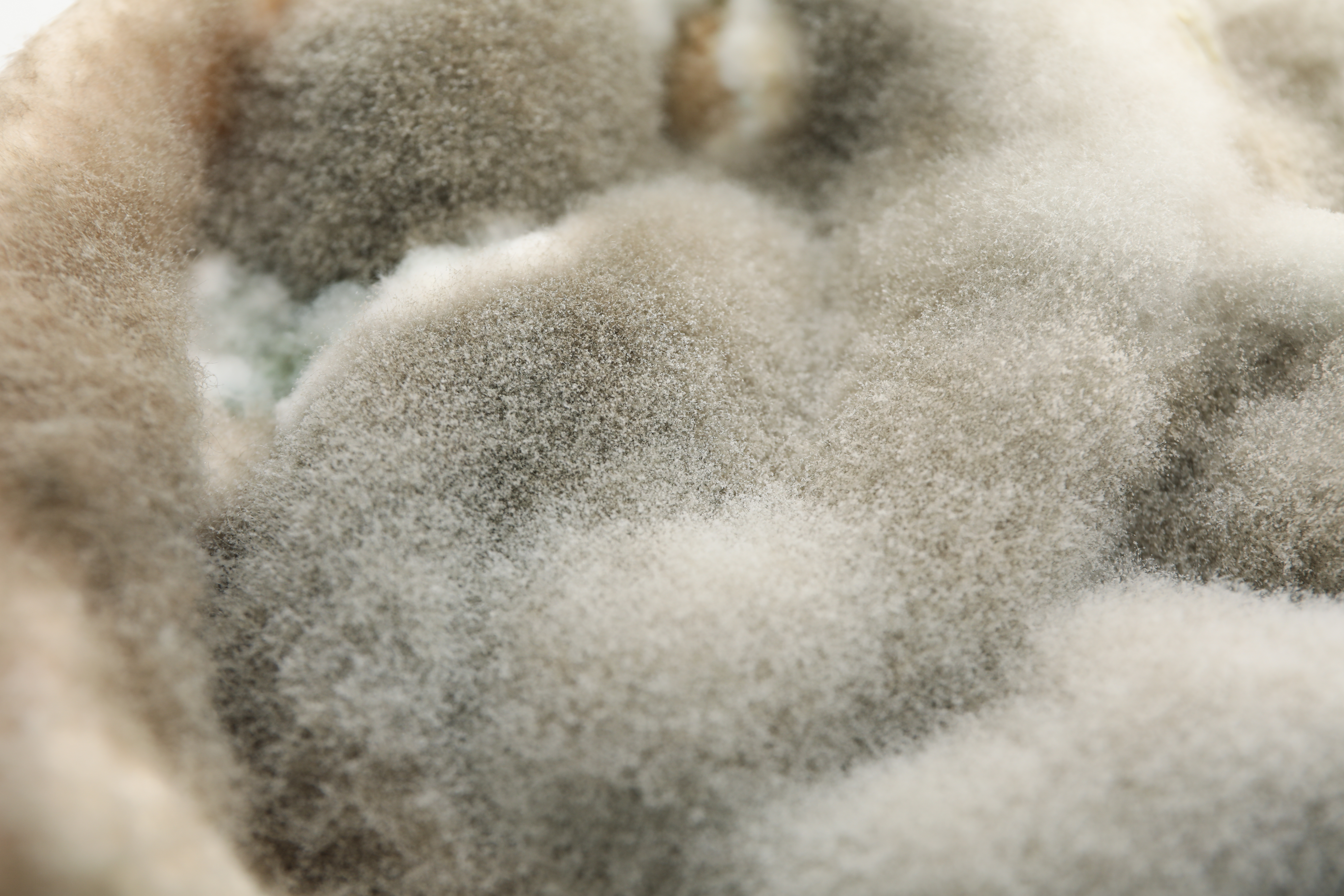What’s Lurking in Your Air Vents?
Air vents, often overlooked and underappreciated, serve as the lungs of your home, quietly circulating air throughout your living spaces. Yet, behind their unassuming grilles lies a hidden world teeming with secrets that can significantly impact your home's environment. This article embarks on a journey to uncover the top 10 secrets lurking in your air vents, revealing their implications for your space. From health concerns to energy efficiency, each section delves into a unique aspect, painting a comprehensive picture of why these concealed components deserve more attention. Join us as we peer into the shadows and unveil the mysteries of your air vents.
1. Dust and Allergens: The Unseen Culprits
One of the most prevalent secrets hiding in your air vents is the accumulation of dust and allergens. Over time, particles from outside air, skin cells, and pet dander settle in your ductwork, creating a breeding ground for allergens. This buildup can exacerbate allergies and respiratory issues, especially for sensitive individuals. Regular cleaning and maintenance of air vents can significantly reduce these health risks. By understanding the types of particles that accumulate and their sources, homeowners can take proactive steps to improve indoor air quality, ensuring a healthier living environment for all occupants.
2. Mold and Mildew: The Silent Invaders

Mold and mildew thrive in dark, moist environments, making air vents a potential hotspot for these unwanted invaders. When moisture from humid air or leaks in the ductwork finds its way into the vents, it creates an ideal setting for mold growth. This not only affects air quality but can also spread spores throughout your home, leading to potential health hazards. Identifying the presence of mold early on is crucial, as prolonged exposure can lead to respiratory issues and other health complications. Regular inspections and moisture control are vital in preventing mold from taking hold in your ventilation system.
